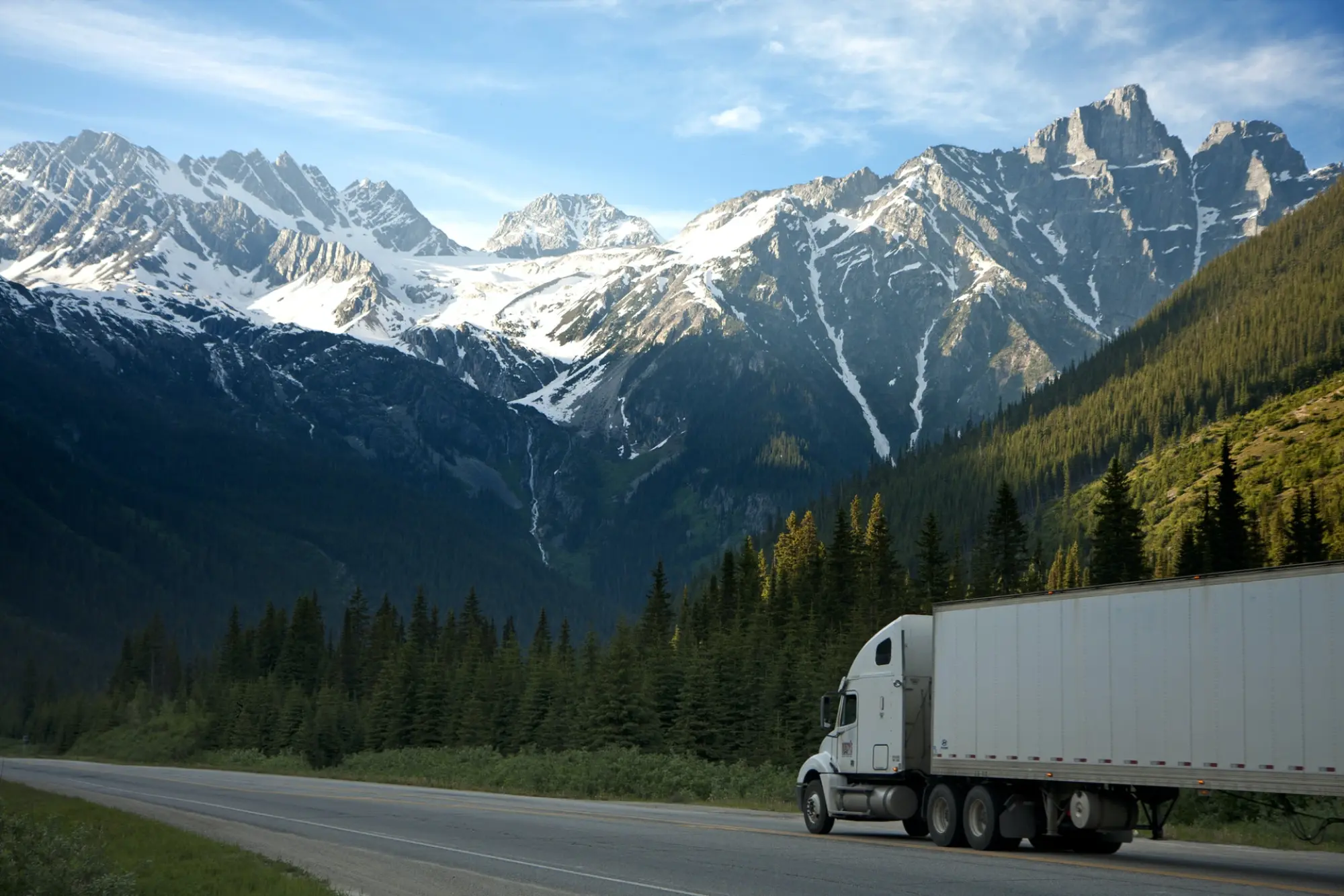If you’ve been doing research into making your food business sustainable, you may have come across the term ‘life-cycle assessment’, ‘life-cycle analysis’, or LCA. In this article, we break down what this term means, how it relates to carbon emissions and what it could mean for your organisation.
What is a Life-Cycle Assessment?
Life-cycle assessment is the process of evaluating the effects that a product has on the environment over the entire period of its life, usually with the goal of improving sustainability. This process can be used to study the environmental impact of either a product itself, or the function the product is designed to perform. LCA is often referred to as a “cradle-to-grave” or “cradle-to-gate” analysis; in the case of food products, it covers every step from farm through to landfill.
“It’s about revealing where raw materials are extracted; how and where they are assembled, transported and distributed; how products are decommissioned, recycled or destroyed; and whether child or forced labour was involved at any stage.” – World Economic Forum (2021).
Measuring the life-cycle emissions of products is a key part of the carbon tracking process, and the most meaningful way to illustrate how the combination of production, manufacturing processes and end use will impact their overall carbon footprint. The GHG Protocol Scope 3 Standard is based on a minimum requirement that all upstream (cradle-to-gate) emissions must be included.
What is involved in calculating the LCA of a food product?
The key elements involved are:
- identifying and quantifying the environmental loads involved, e.g. the energy and raw materials consumed, the emissions and wastes generated,
- evaluating the potential environmental impacts of these loads, and
- assessing the options available for reducing these environmental impacts.
The main challenges with LCA data is that, although the calculations are typically standardised using guidelines from the GHG protocol and SO (International Organization for Standardization), they can differ based on a number of factors, including allocation, system boundary and energy use. This makes it difficult to compare LCA inventories without knowing the calculations behind them, and where they start and finish. LCA calculations usually range from cradle (production) to gate, (store), or to grave (end of life or disposal).
As an example, take a chicken breast served in a restaurant. An LCA would take into account the land and water used to raise the chicken, including that used to produce the chicken feed — and including additional inputs, such as fertilisers and pesticides. It would also include the energy used and emissions generated in slaughtering, processing and transporting the chicken to the restaurant, regardless of how long the supply chain, and in storing and cooking the chicken. It would also be necessary to account for the environmental costs of any chicken that is wasted. This is just for the chicken breast itself; to calculate the carbon footprint of the entire recipe, an LCA would need to be carried out for every item on the plate.
High quality data are essential in order to make this process worthwhile and meaningful. Two types of data are needed:
- Activity data refer to how much of a product is purchased.
- Emissions factors refer to the values that are used to convert these purchase volumes into greenhouse gas emission values — essentially, the amount of GHGs emitted in the production of a given quantity of product or ingredient purchased, e.g. CO2e per kg of chicken.
What are the benefits of LCAs?
By providing detailed information about the environmental impact of a product, food or recipe, LCAs can facilitate informed decision-making. Once you’re aware of the greenhouse gas contributions made at every stage of the supply chain, you have the power and control to make improvements. Having an environmental baseline for your supply chain is an important — and urgent — step in ensuring a transition to sustainable practices.
LCAs allow:
- management to steer their businesses towards more sustainable choices,
- chefs to develop more climate-friendly dishes and menus,
- marketing departments to meet a growing consumer demand for sustainable food, and to support and prove claims of sustainability,
- the implementation of sustainable and robust supply chains, and
- businesses to safeguard against future legislative changes.
While it’s clear that this is important work and can make an enormous impact on the carbon emissions of your business, the process of carrying out LCAs and tracking emissions is costly and time-consuming. At Nutritics, we know this is simply not feasible for many food businesses.
Let Foodprint do the hard work for you
Foodprint by Nutritics is a brand new carbon footprint scoring system designed to support foodservice and hospitality businesses on their journey towards net zero. This proprietary technology automatically matches foods to peer-reviewed LCA data sources and calculates the environmental impact of recipes and dishes.
With Nutritics’ best-in-class food data and menu management expertise combined with the latest academic research and cutting-edge technology, Foodprint can automate your carbon tracking to provide accurate, reliable and real-time data. The technology provides businesses with an innovative solution to understand, manage and report on the carbon footprint of their food purchases, how it is trending over time and how changes are affecting the environment.
Alongside this, foodservice businesses can use Foodprint to add a carbon footprint score to packaging, dishes and promotional materials in order to clearly communicate their sustainability efforts to their customers.
To learn more about the role Foodprint can play in building a sustainable business, contact us today at info@nutritics.com.
